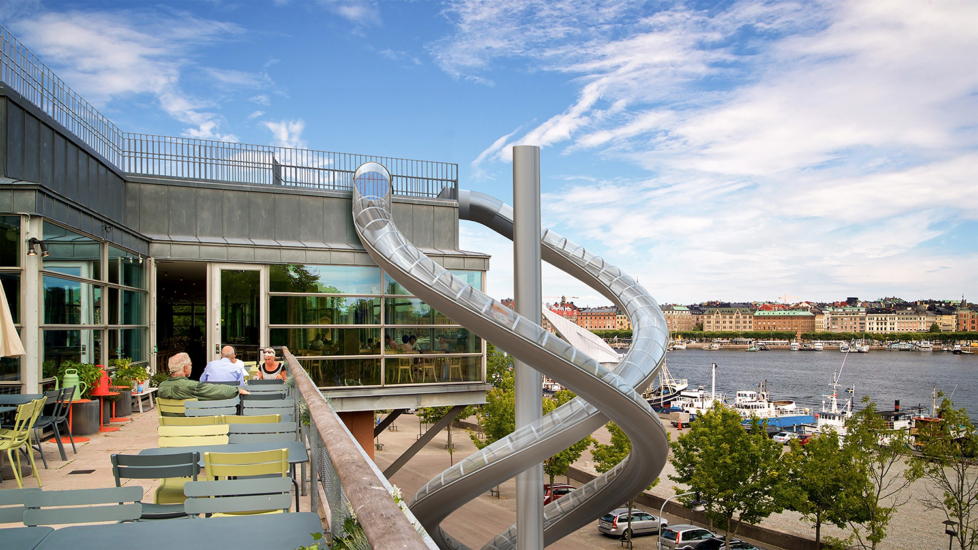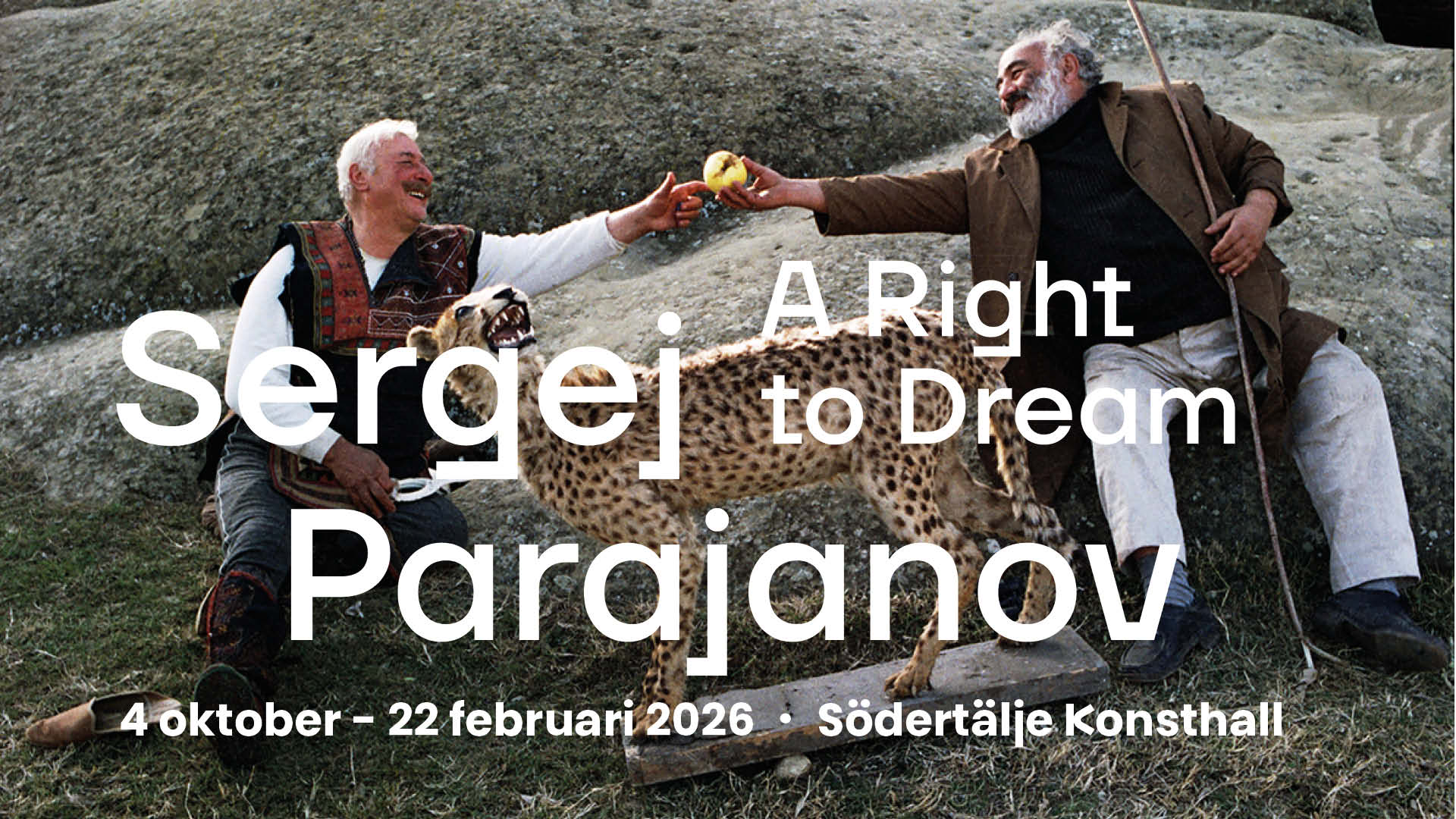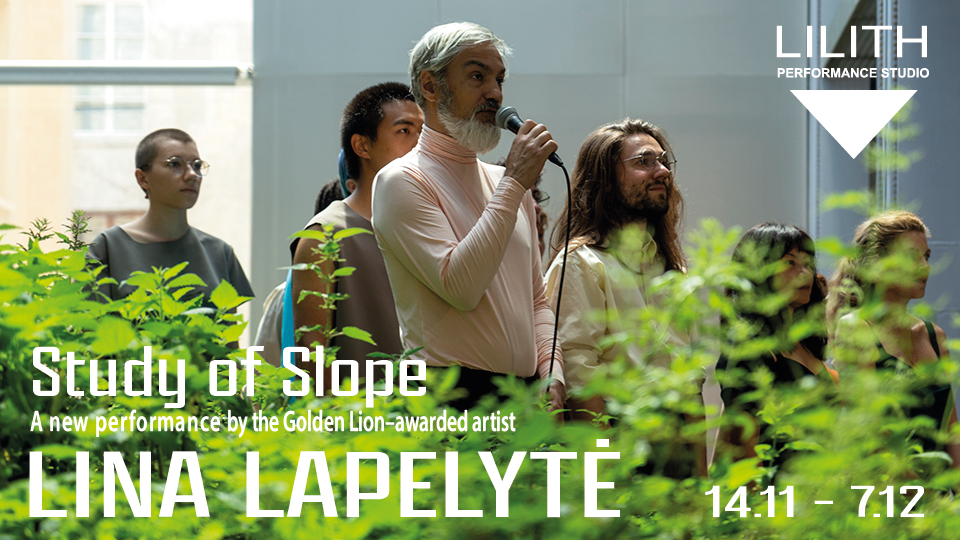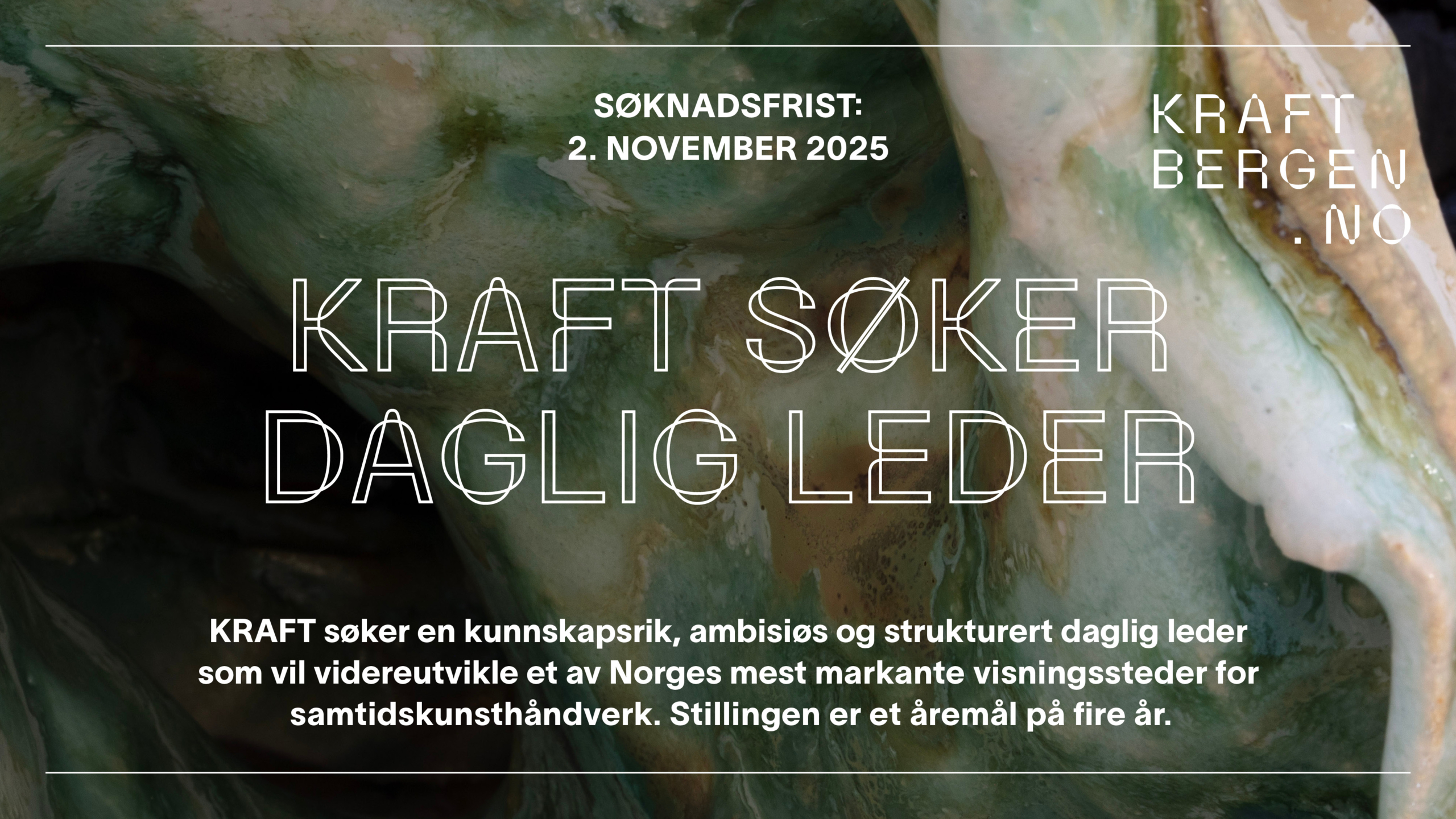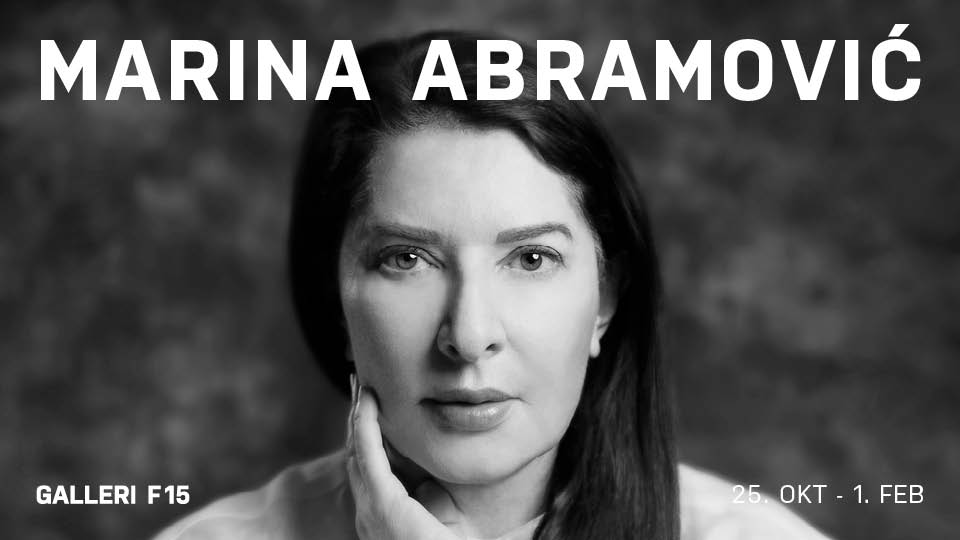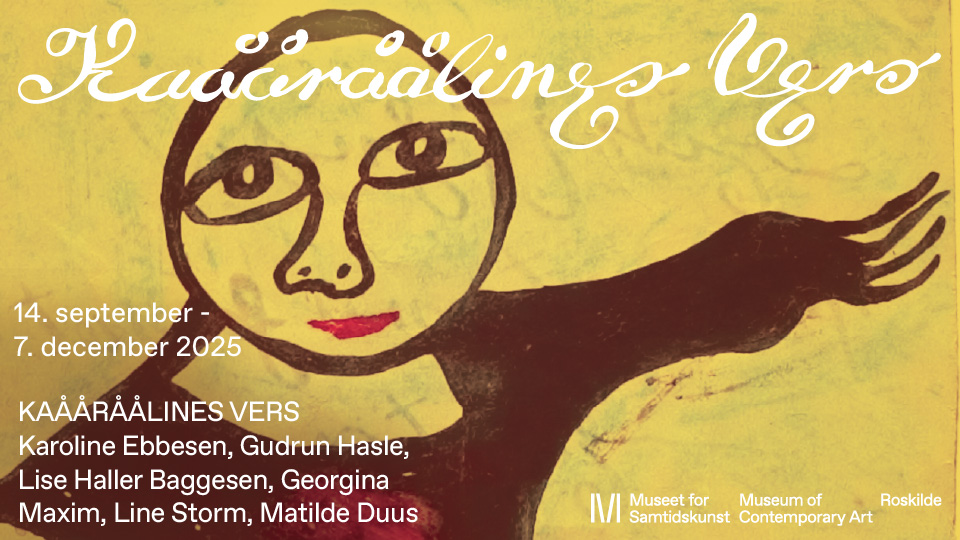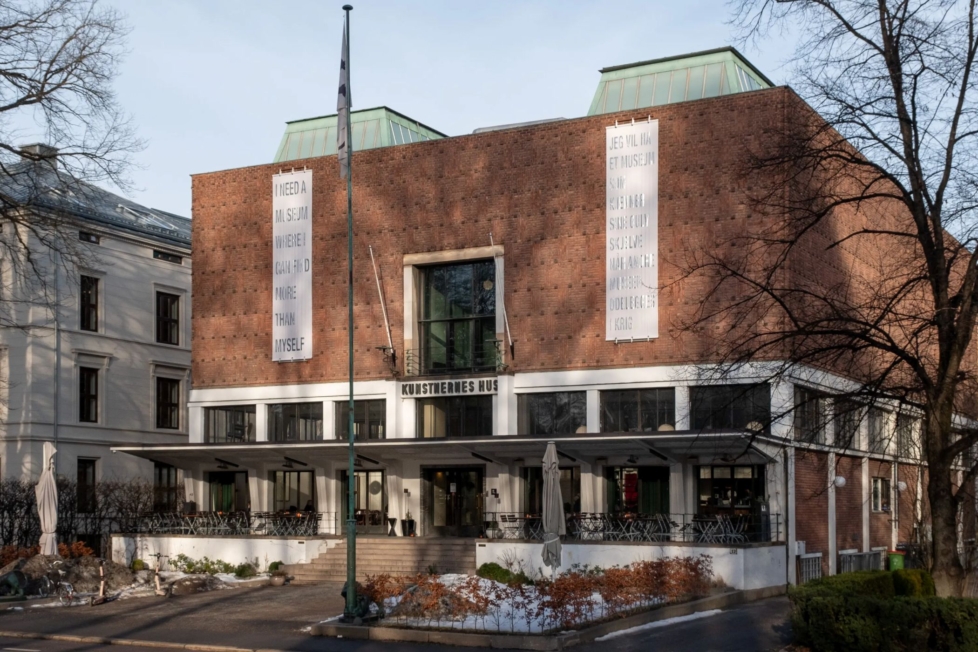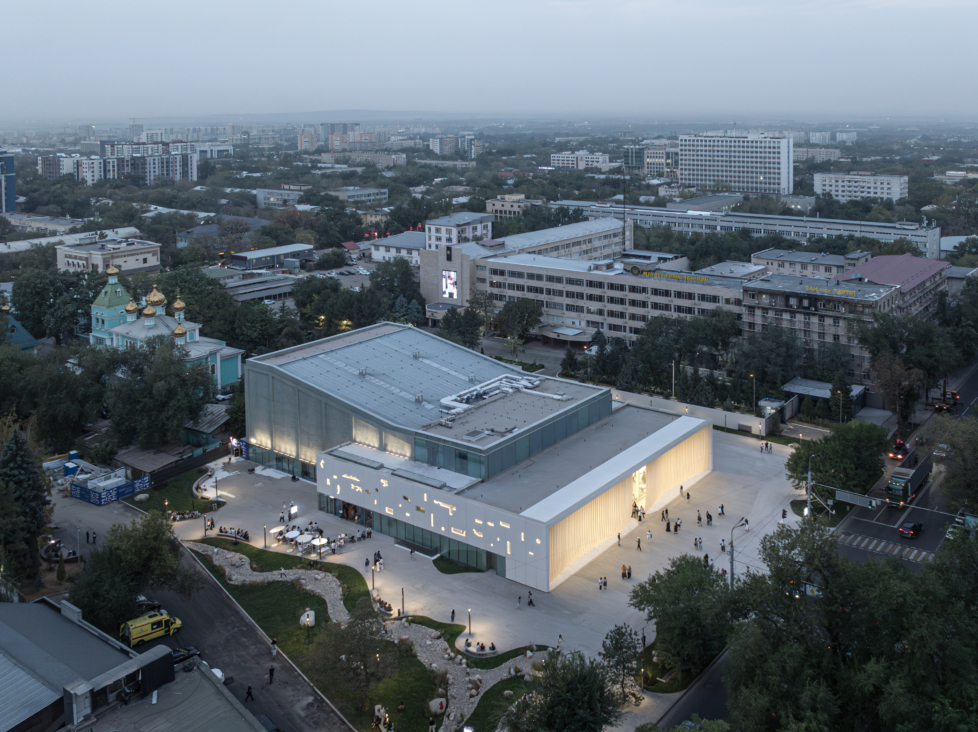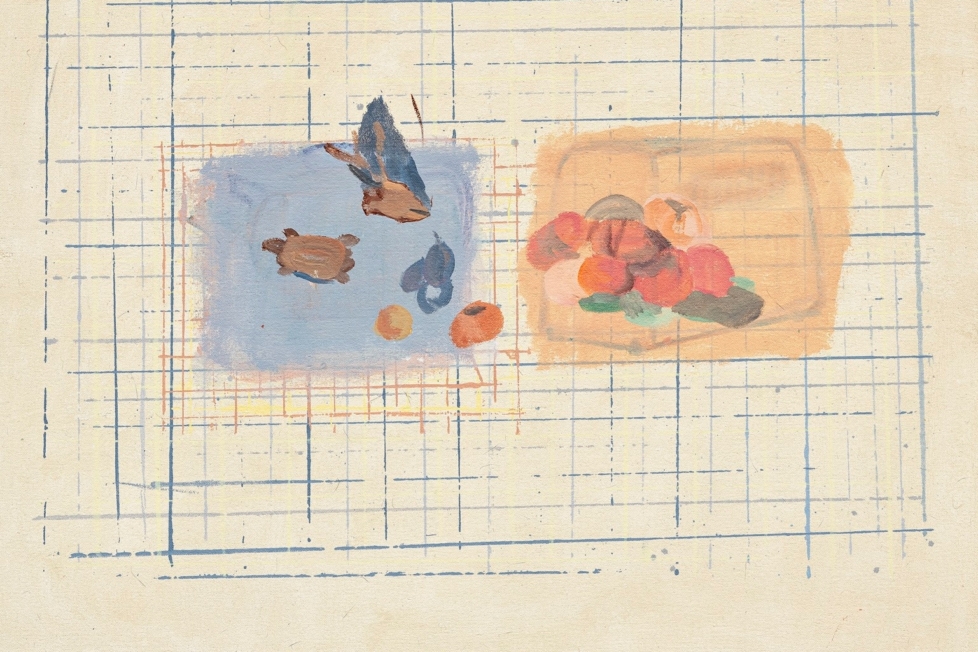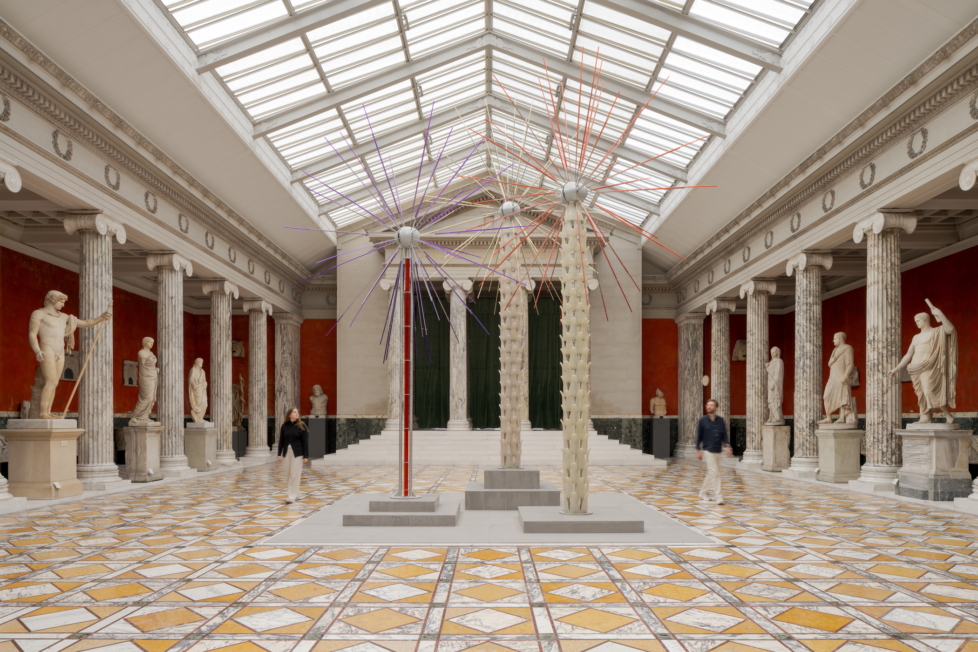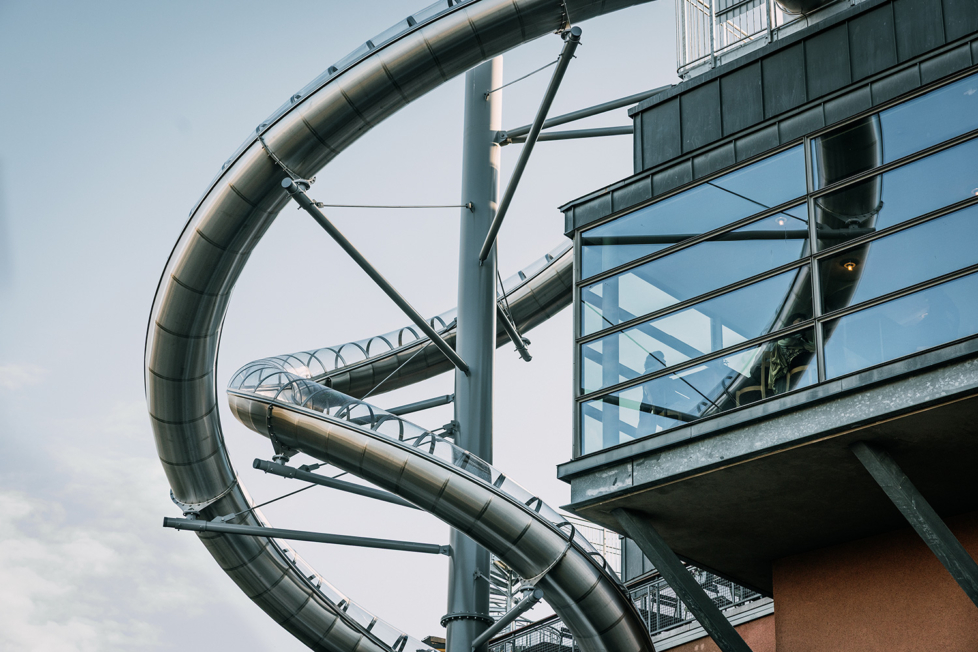
Experience-based art is a way to repackage fundamentally childish experiences to suit an adult audience. The Belgian-born artist Carsten Höller is something of an expert in this field, always eager to activate the visitor’s body through art. A mirrored carousel (Mirror Carousel, 2005); a pair of upside-down goggles (Umkehrbrille, 1994–2009); and the opportunity to drink reindeer urine spiked with agaric mushrooms (Soma, 2010) are just a few examples.
You could argue that Höller’s works have a democratizing effect on museums, since visitors who would otherwise never go are intrigued by his experiments and pay the entrance fee. It’s a administrative dream: broadening the audience base without challenging their expectations.
In this spirit, Moderna Museet has purchased one of Höller’s most childish works, perhaps best known from Tate Modern’s Turbine Hall where it was installed nearly twenty years ago. Stockholm Slides (2025), as this iteration is called, consists of two spiral slides in brushed steel, installed on the museum’s backside facing an idyllic view of a salt water bay and the amusement park Gröna Lund. From the roof, the drop is fifteen meters, and the price tag is said to be around SEK 11 million (EUR, 1 million).

Moderna Museet’s collection includes iconic public works like Niki de Saint Phalle and Jean Tinguely’s fountain The Fantastic Paradise (1966) and Alexander Calder’s gigantic mobile, The Four Elements (1961), both placed outside the main entrance. The collection also includes a dozen duller acquisitions from 1975 onward. The lack of interesting additions from the 2000s suggests that the museum has stopped believing in artistic interventions in public space. And perhaps, even more worryingly, a lack of vision for itself as a public institution.
Now, as it tries to revive a connection to the playful, child-friendly spirit of the 1960s, the result has a generic overly luxurious quality to it. The slides sparkle in the sun and vibrate like neon at night. Visually, they are sleekly designed tubes with a specific incline that people can travel through, thereby reaching a certain speed. When I took a couple of rides myself, I unfortunately didn’t get the thrill I had hoped for. I didn’t scream; the slides are much too slow. Was the experience heightened because people in the restaurant could see me through the window?
Call it hyper-functionalism, accessibility-driven curation, or just ‘art.’ But most visitors will remember Stockholm Slides as a moment of amusement, not a meaningful artistic encounter. Höller’s old slides might have been feathers in the caps of smaller provincial museums. Here it shows an institution losing momentum while struggling to be inclusive. The aquisition also raises concerns about the coming merger of Moderna Museet and Public Art Agency Sweden creating a new institution with a national mandate over public art. Will this new administration heedlessly answer the call for public art as entertainment?
